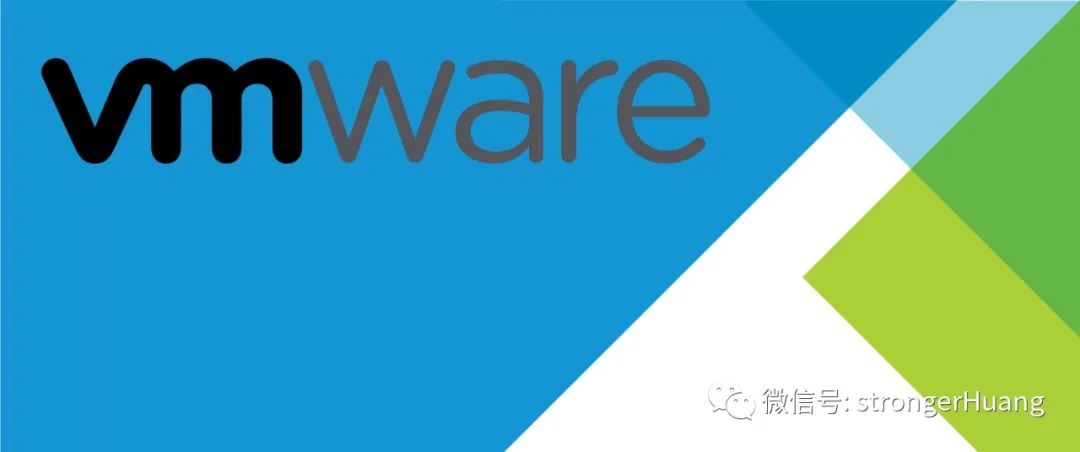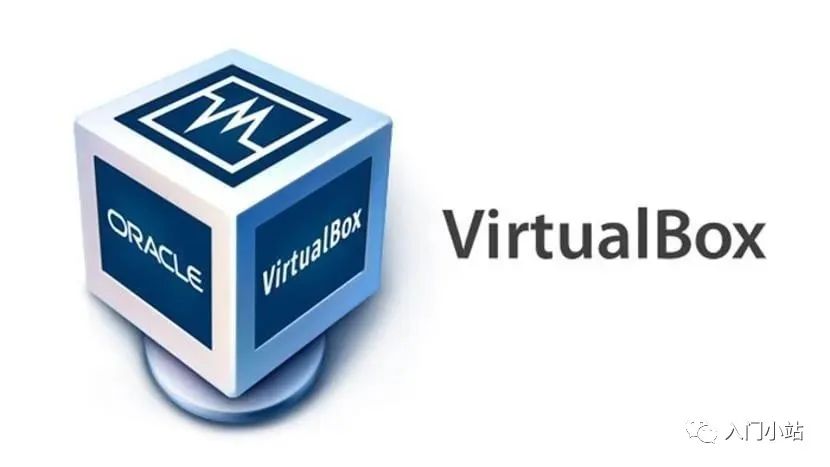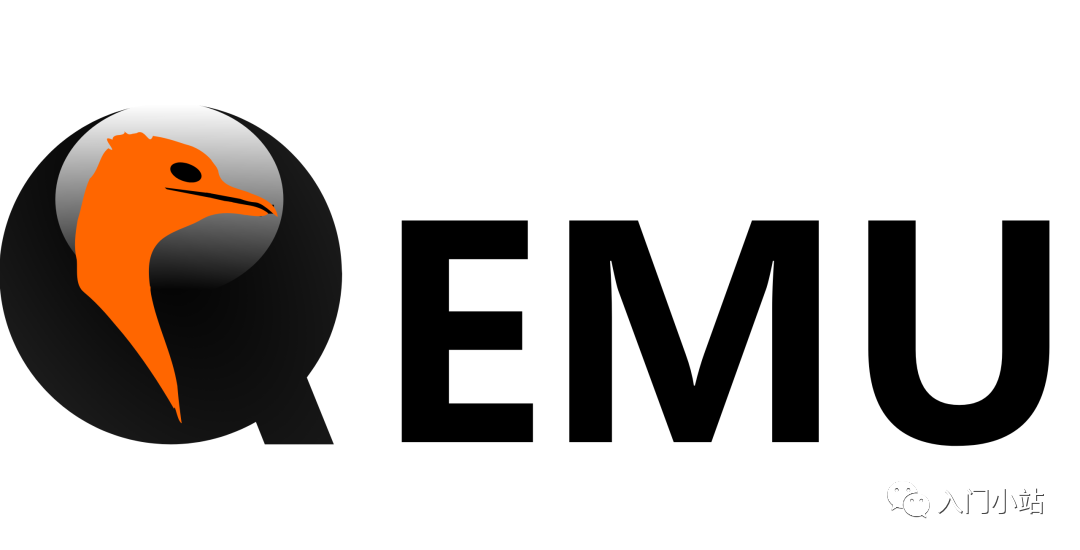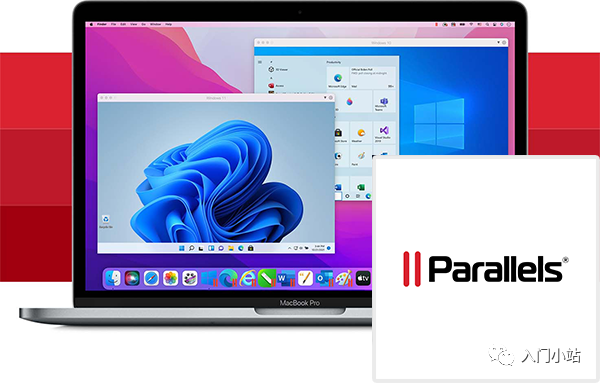Follow+Star Public Account, don’t miss exciting content

Author | Beginner’s Station
In embedded development, virtual machines play an important role, allowing developers to simulate and test various embedded environments on a single hardware platform.
The use cases for virtual machines are numerous, such as setting up test environments, installing Linux on Windows systems, or running Windows on Mac machines, and they can even be used for security experiments.
The key advantage of virtual machines is the complete isolation from the native system, which allows us to perform various tests on the virtual machine without worrying about the [host machine] crashing.
Below are some commonly used virtual machines in embedded development:
1.VMware Workstation

VMware Workstation: VMware Workstation is a powerful desktop virtualization software that can run multiple different operating systems on a single host. Although it is not specifically designed for embedded development, its advanced networking settings and template/clone features make it a strong tool in embedded development. Developers can use VMware Workstation to simulate the operating environment of embedded systems and perform network configuration and testing.
In terms of cost, VMware offers a free version of Workstation Player for personal users, and for more professional and complex features, an upgrade to Workstation Pro is available.
Features:
-
Offers a free version for personal users. -
Supports [GPU] virtualization. -
Has powerful and comprehensive features. -
Supports Windows and Linux operating systems.
2.VirtualBox

VirtualBox is a free and open-source virtualization software produced by the German company InnoTek, now developed by Oracle. VirtualBox is an excellent virtualization software that can run on Windows, Linux, Macintosh, and Solaris hosts. It supports a wide range of virtualization systems, starting from Windows XP versions, any Linux version above kernel 2.4, Apple Mac, Solaris, OpenSolaris, and even OpenBSD Unix. Functionally, VirtualBox supports USB device recognition, GPU virtualization, and can run multiple virtual machine system windows simultaneously.
More importantly, VirtualBox is free, including the enterprise version.
Features:
-
Free -
Supports a very wide range of operating systems -
Supports GPU virtualization technology;
3.QEMU

QEMU is an open-source emulator (Emulator) capable of hardware virtualization, written by Fabrice Bellard and others. What sets QEMU apart from other VM solutions is that it is both a virtual machine and a machine emulator.
QEMU can simulate CPUs through dynamic binary translation and provides a set of device models, enabling it to run various unmodified guest OS. QEMU can also be used with KVM to run virtual machines at near-real computer speeds.
Features:
-
Free -
Machine emulator -
Easy to operate
4.Parallels Desktop

Parallels Desktop is a hardware virtualization software for Apple computers launched by Parallels, released in June 2006. It was the first virtualization software that could be used on Apple computers with Intel architecture.
If you want to run Windows on a Mac, then Parallels Desktop would be your best choice. It can seamlessly run Windows applications on Intel or Apple M series Mac computers, maximizing the resolution of the gap between the MacOS and Windows software ecosystems.
Features:
-
Run Windows applications easily -
Integrates with macOS
5.Microsoft Hyper-V

Hyper-V is provided as a component of Windows 10 Pro and Windows Server (2012 and 2016), and users do not need to pay extra for it. However, you only get a very basic hypervisor, which is far from the features of VMware.
Supported virtualization systems include Windows Server, Windows XP SP3 or higher, Linux with kernel 3.4 or higher, and FreeBSD. However, the driver support for Linux is not very good, and there is no virtual GPU support.
Features:
-
Integrated with Windows systems -
No additional cost
Finally, it is important to note that the choice of virtual machine depends on specific project requirements, target hardware platforms, and development environments. During embedded development, developers should choose the appropriate virtual machine tools according to the actual situation to assist the development process.
Disclaimer: The materials in this article are sourced from the internet, and the copyright belongs to the original author. If there are copyright issues with the works, please contact me for deletion.
———— END ————

●Column “Embedded Tools”
●Column “Embedded Development”
●Column “Keil Tutorial”
●Selected Tutorials in Embedded Column
Follow the public account reply “Join Group” to join the technical exchange group according to the rules, reply “1024” to see more content.